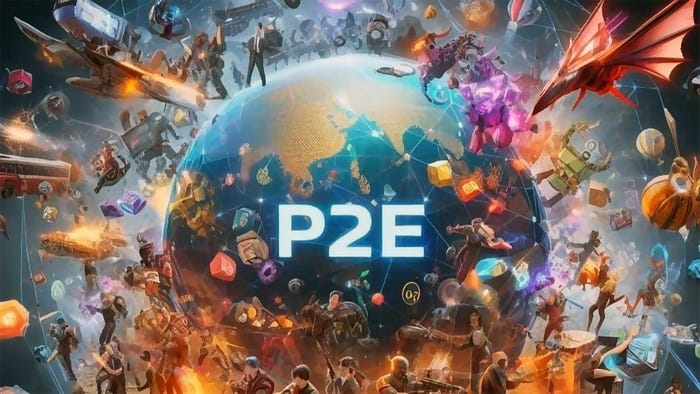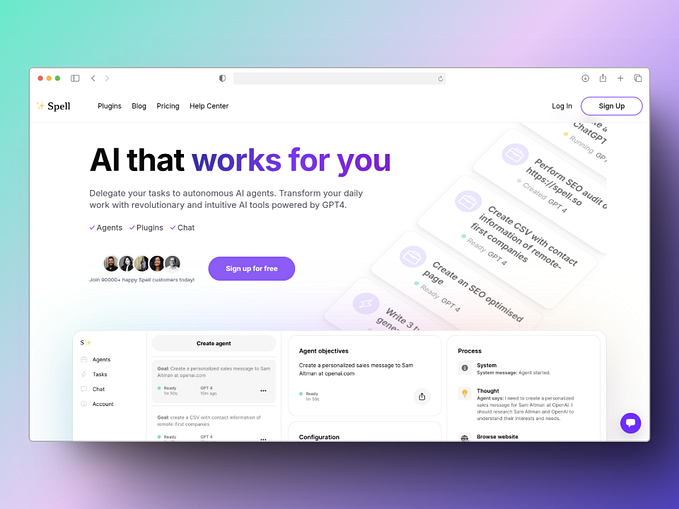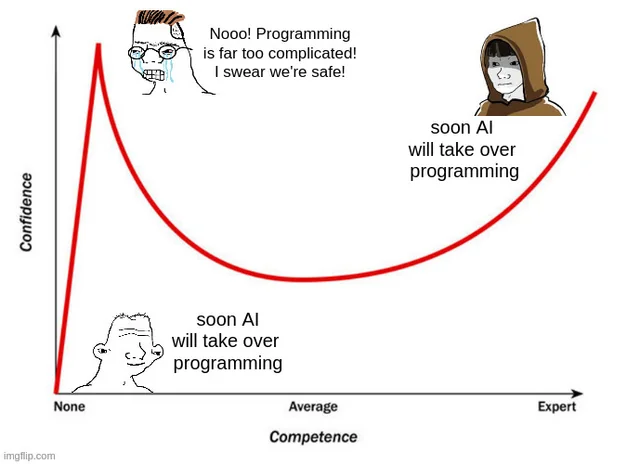Gaming Was Once About Fun — But P2E, Pay-to-Win, and Tap-to-Earn Models Are Destroying That

Gaming was once a pure experience — a space where players would immerse themselves in worlds, test their skills, and enjoy the thrill of competition.
But with the rise of Play-to-Earn (P2E), Pay-to-Win (P2W), and Tap-to-Earn (T2E) models, gaming has increasingly shifted from fun and skill-based progression to economics. As a result, we’ve seen a wave of opportunists, not gamers, flocking to these platforms, treating games as financial ventures rather than entertainment.
While blockchain gaming promised to disrupt this trend, it hasn’t yet fully delivered on its potential. Too often, these models have drawn players who prioritize earning over playing — resulting in a shallow, unsustainable gaming ecosystem.
At Arium, we believe that gaming comes first. Our vision is simple: focus on the gameplay and competition, and why not earn from competing, as long as it doesn’t alter the experience that true gamers crave? We bring AAA games with massive communities on-chain, so players can continue enjoying the games they love — while blockchain rewards remain a natural, but secondary, benefit. This is how we’ll bridge the gap between true gamers and Web3.
Opportunists Are Hurting Web3 Gaming
Blockchain gaming has attracted plenty of attention, but it’s the wrong kind. Many projects have prioritized tokenomics and economic models over fun. These games often pull in opportunists — people looking to extract value without investing in the game itself. They move from one game to the next, extracting financial gains and leaving communities to dry up.
This is why blockchain gaming struggles to capture the hearts of true gamers — those who spend real money on games they care about, who build communities, and who are motivated by progression, competition, and fun. Instead, the industry is flooded with players who are only here for short-term financial gain.
The Problem with Play-to-Earn and Tap-to-Earn
The P2E model promised a revolution in gaming — an opportunity for players to earn while they enjoy their favorite games. But in reality, this has often turned into grinding for tokens, making earning the primary focus and gameplay secondary. For true gamers, the joy of gaming is replaced by a chore-like experience. Instead of chasing victory or exploring new levels, they’re stuck chasing tokens. This model destroys what makes gaming fun and engaging.
Similarly, Tap-to-Earn (T2E) models, which reward users for simple, repetitive actions like tapping or interacting with the game in basic ways, only further cheapen the gaming experience. While these models may seem appealing for casual players, they lead to shallow engagement and attract opportunists who care little about the game itself. This shift focuses entirely on financial rewards, stripping away the immersion, competition, and skill that real gamers value.
The Web3 gaming value chain also suffers from these approaches. Games designed around token extraction don’t build sustainable communities. Instead, they attract players with low spending power, who aren’t interested in buying in-game assets for the long term. They come, earn, and leave — taking value with them.
Arium’s Approach: Bringing True Gamers On-Chain
Arium has a different vision. We’re not here to create new games. Instead, we focus on bringing AAA games with large, loyal communities onto the blockchain. These are games that players already love — games that attract gamers who value skill-based competition, immersion, and progression. By integrating blockchain, we offer them something extra: the opportunity to earn as a natural result of their gameplay, without altering the core experience.
For us, Play-to-Earn and Tap-to-Earn are features, not the focus. Players can earn while competing and progressing through their favorite games, but it’s a byproduct of the gameplay, not the sole reason to play. This approach resonates with true gamers — those who care about the competition, and who are more than happy to earn while doing what they already love, as long as the game itself doesn’t change.
The Long-Term Impact on Web3’s Value Chain
Focusing on true gamers with spending power has the potential to reshape the entire Web3 gaming ecosystem. The long-term engagement of these players could have a profound impact on key players across the value chain, from wallet providers to centralized exchanges (CEXs), to NFT marketplaces.
1- Increased Transaction Activity: True gamers are willing to spend money on games, in-game items, skins, and upgrades that enhance their experience. When these players start using Web3 wallets, their engagement will extend far beyond simple withdrawals. They will regularly participate in transactions, trading, and purchases — adding volume and demand to Web3 economies.
2- Sustained Growth for CEXs: Centralized exchanges (CEXs) are poised to benefit enormously from the rise of true gamers. Gamers who spend money on the games they love will create consistent demand for tokens. Whether buying in-game content or trading blockchain-based assets, these gamers will generate higher transaction volumes, making them more valuable to CEXs over time.
3- Building a Sustainable Ecosystem: Opportunists bring short-term activity but little loyalty. In contrast, true gamers will engage deeply with blockchain-powered games, invest in in-game assets, and stay for the long haul. This demand will drive innovation across the Web3 value chain — creating opportunities for wallet providers, NFT marketplaces, and DeFi gaming platforms to grow alongside an engaged, loyal audience.
This Shift Won’t Happen Overnight
Building this kind of sustainable, player-first Web3 gaming ecosystem takes time and careful growth. You can’t rush it. You can’t trick true gamers into joining Web3 through flashy earnings models or short-term rewards. These players are too experienced, too savvy, and too invested in what makes gaming great. They’ve seen how the industry changes when profit takes precedence over fun — and they won’t be fooled by empty promises.
If Web3 gaming is going to thrive, it has to evolve methodically, putting gameplay first and blockchain benefits second. True gamers aren’t going to be won over by tokenomics; they’re going to be won over by seamless, immersive gameplay that they already love — enhanced, not overshadowed, by blockchain features.
At Arium, we’re taking this approach because we understand that it takes time to build trust, especially with a demanding audience like gamers. We focus on AAA games that already have strong, loyal communities. We don’t need to convince these gamers to enjoy their favorite games — we’re simply offering them something extra: a chance to earn as they play, without sacrificing what made them fall in love with the game in the first place.
A Call to the Web3 Value Chain
To truly revolutionize gaming, the Web3 ecosystem needs to shift its focus. Wallet providers, CEXs, and game developers need to prioritize gameplay and gamer experience first. True gamers — those with real spending power and a passion for their games — are the key to building a sustainable Web3 future. It’s not about attracting opportunists with short-term gains; it’s about giving gamers the right features and letting blockchain enhance, not dictate, their experience.
At Arium, we believe this is the only way forward. We’re bringing pure gaming back to Web3, and in doing so, we’re setting the stage for the entire value chain to benefit from real, long-term growth.
🔻Please visit us on Medium, YouTube, and https://arium.gg









